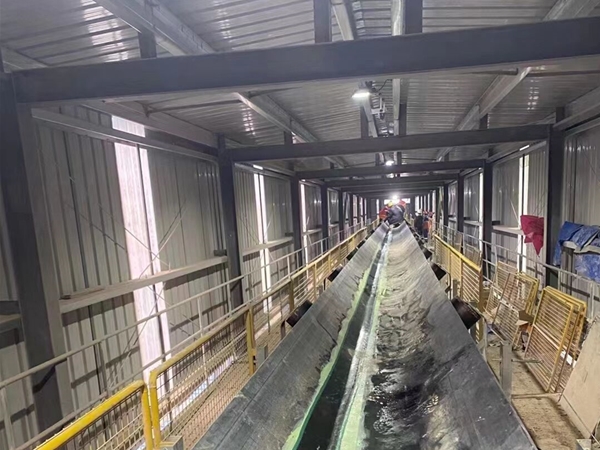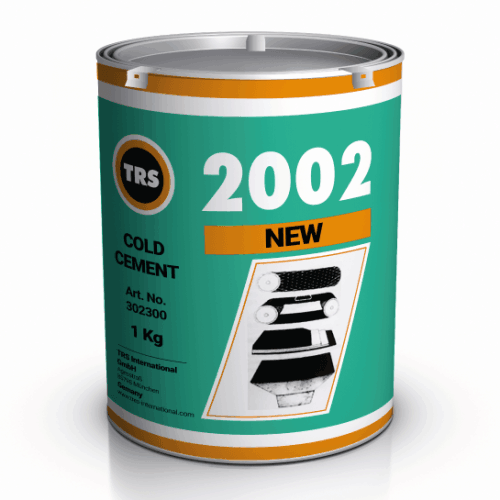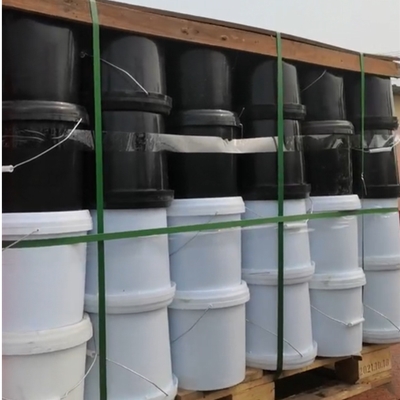Conveyor Belt Misalignment: A Common Issue in Belt Conveyors
Misalignment of conveyor belts is a frequent problem in belt conveyors, and addressing it promptly and accurately ensures safe and stable operation. There are many reasons and manifestations for belt misalignment, and different solutions are needed based on the specific situation to effectively resolve the issue.
(1) The Axle of the Head Drive Drum or Tail Redirect Drum is Not Perpendicular to the Conveyor Centerline:
Symptoms: The belt misaligns at the drum, causing uneven tension on one side.
Cause: The drum’s axle is not perpendicular to the conveyor’s centerline.
Adjustment Method:
Head Drum: If the belt drifts to the right, move the right bearing housing forward; if to the left, move the left bearing housing forward (or vice versa, move the opposite side backward).
Tail Drum: Adjust in the opposite direction to the head drum.
Note: Adjustments should be made repeatedly until the belt runs in the ideal position.
(2) Processing Errors, Material Adhesion, or Uneven Wear on the Drum Surface:
Symptoms: The belt drifts towards the side with the larger diameter.
Cause: Unevenness on the drum surface due to manufacturing errors, material sticking, or wear.
Solution:
Clean off any adhered material from the drum surface.
For drums with processing errors or uneven wear, replace or reprocess with a new rubber coating.
(3) Improper Material Drop Position at the Transfer Point:
Symptoms: Misalignment due to incorrect material drop location.
Cause: The material drop affects belt balance, especially when the projection of the upper and lower conveyors is almost vertical.
Solution:
Design to maximize the relative height between conveyors to reduce the horizontal velocity and lateral impact of materials.
In space-limited setups, optimize the design of chutes and guides to ensure the material lands centrally on the belt. Use baffles to control the direction and position of the material drop, preventing material skew.
These methods not only help in resolving current misalignment issues but also prevent future occurrences. Regular maintenance and inspection of the conveyor belt and associated equipment are also crucial in avoiding misalignment problems.



